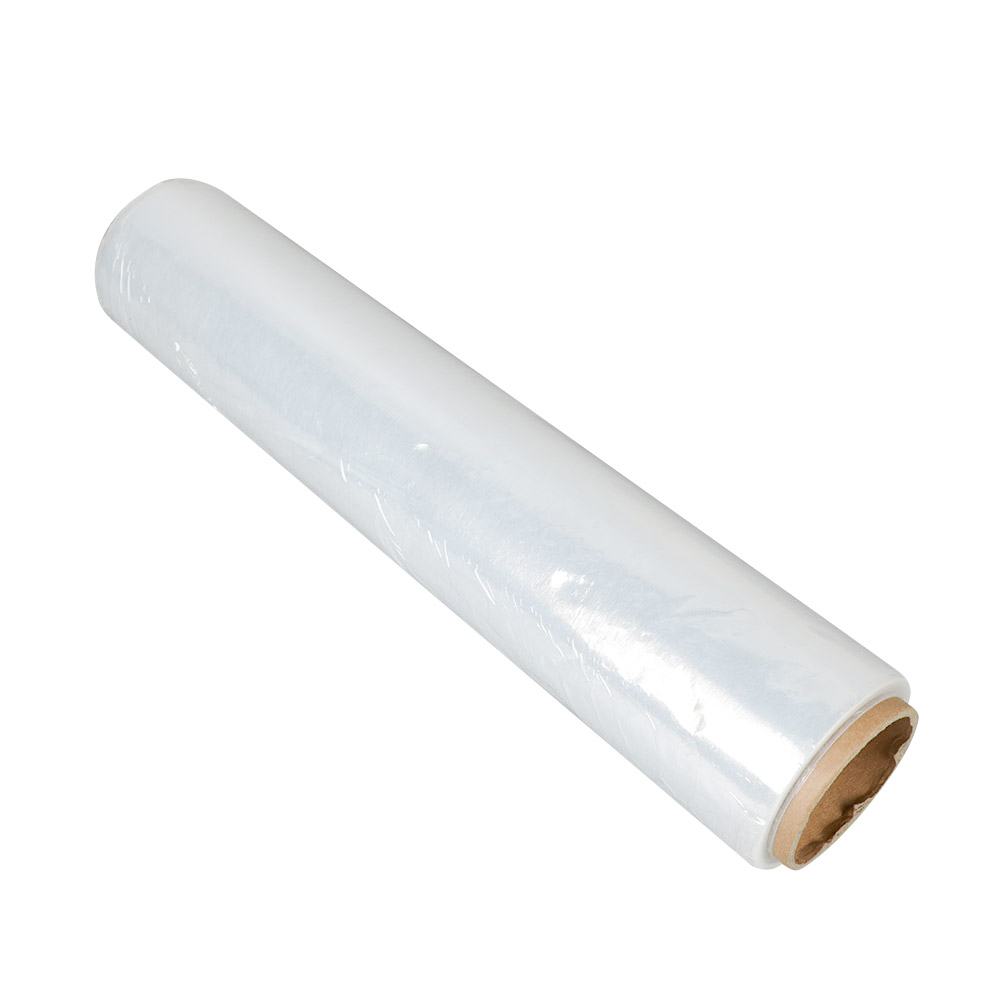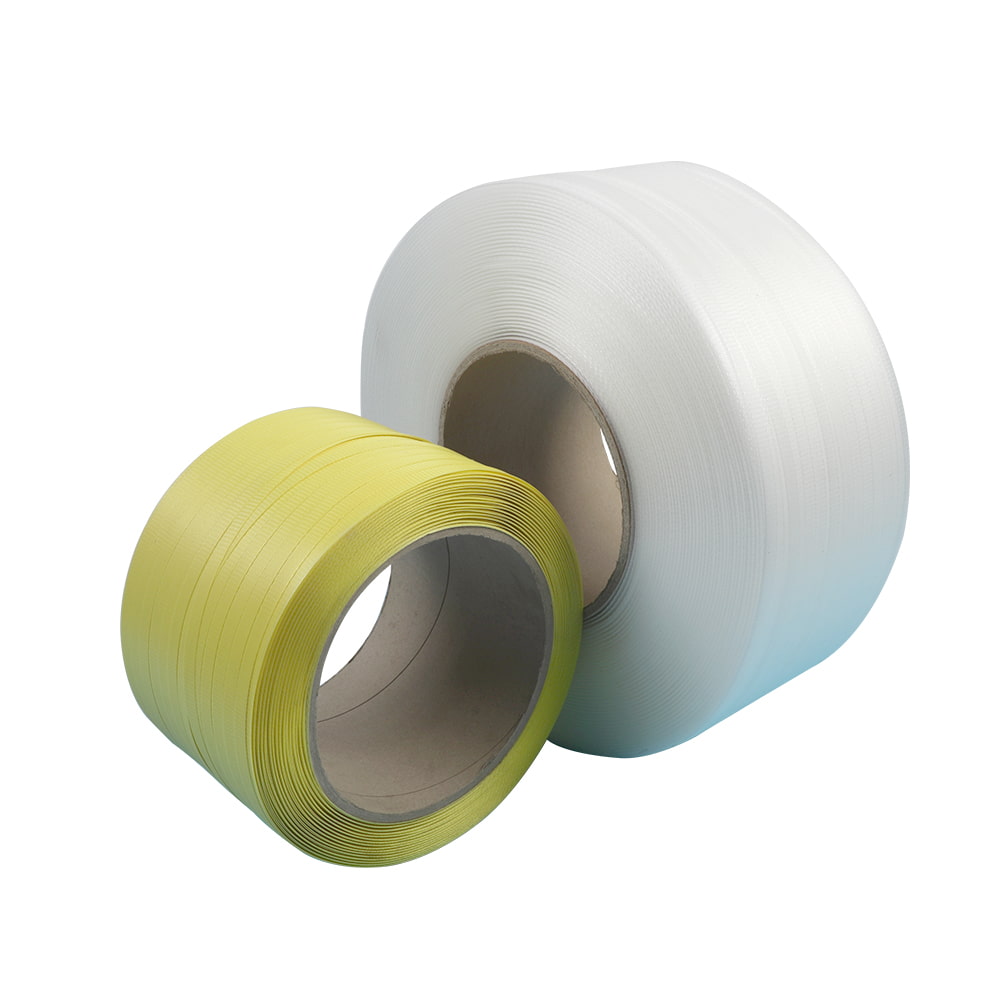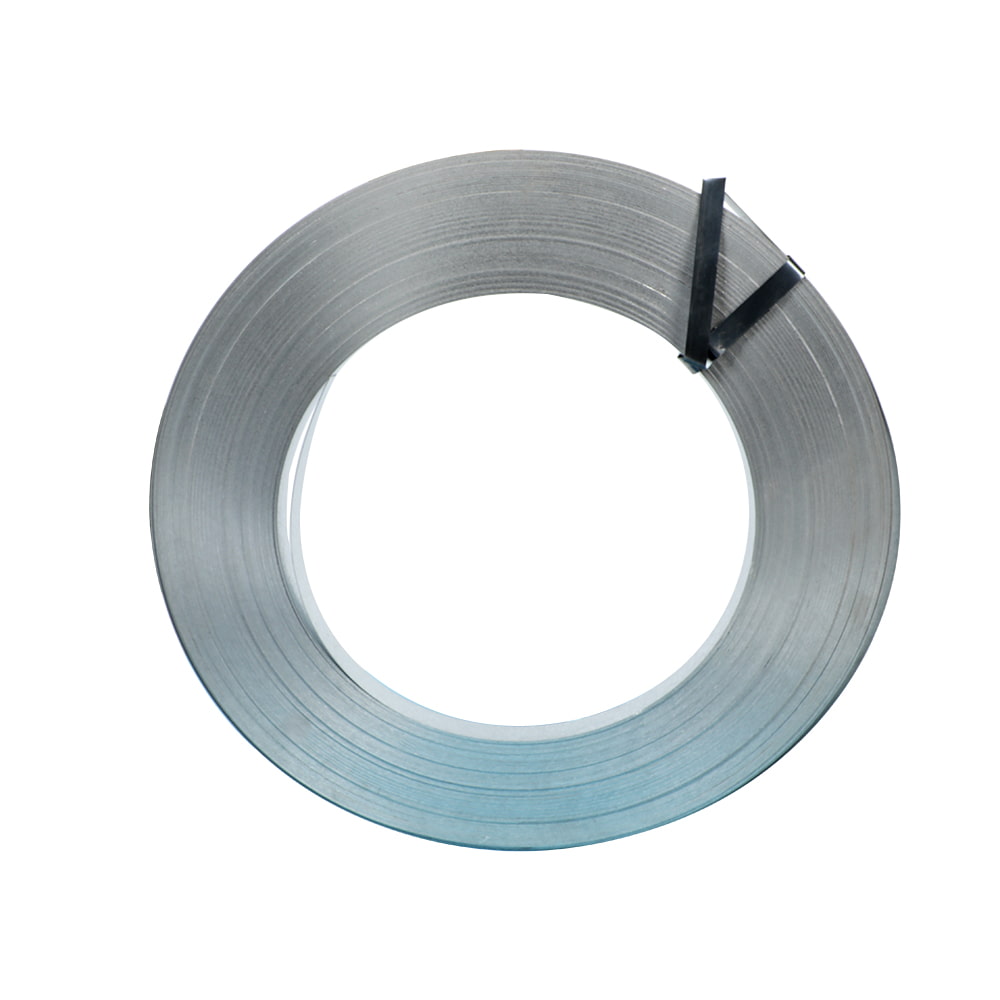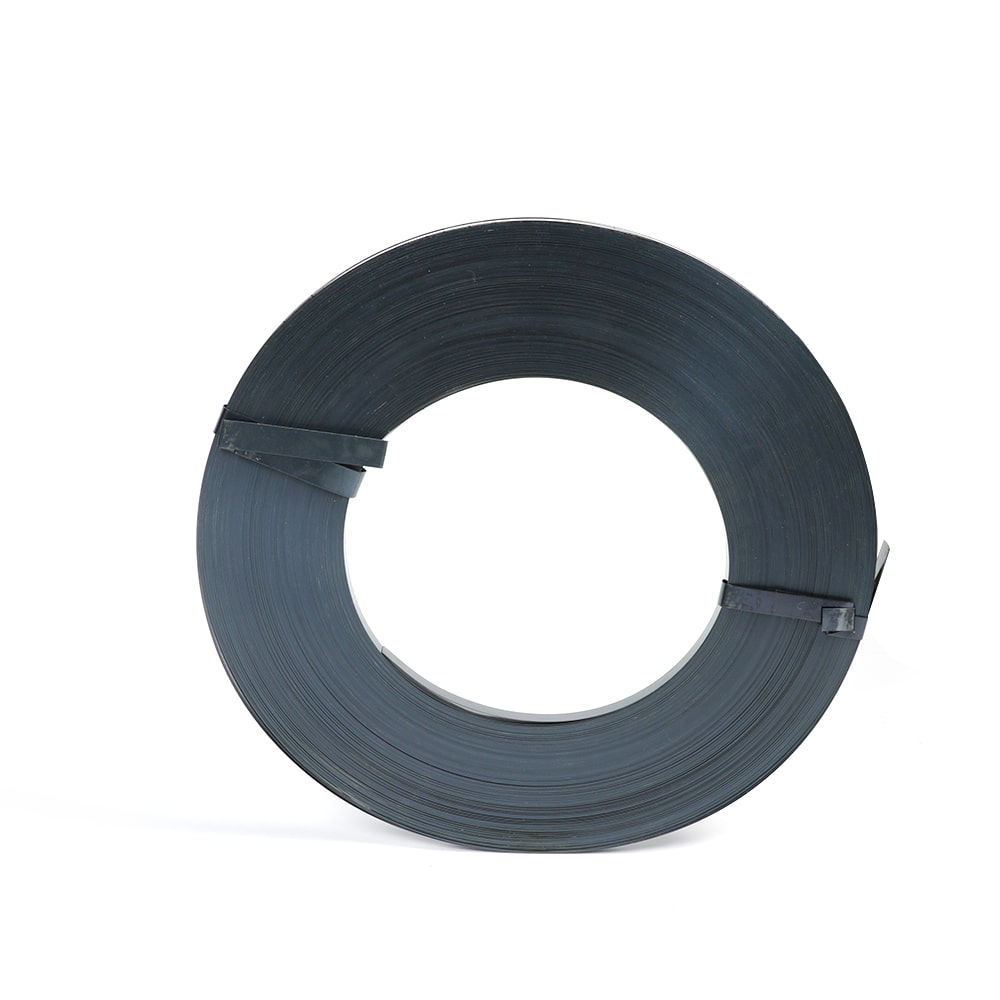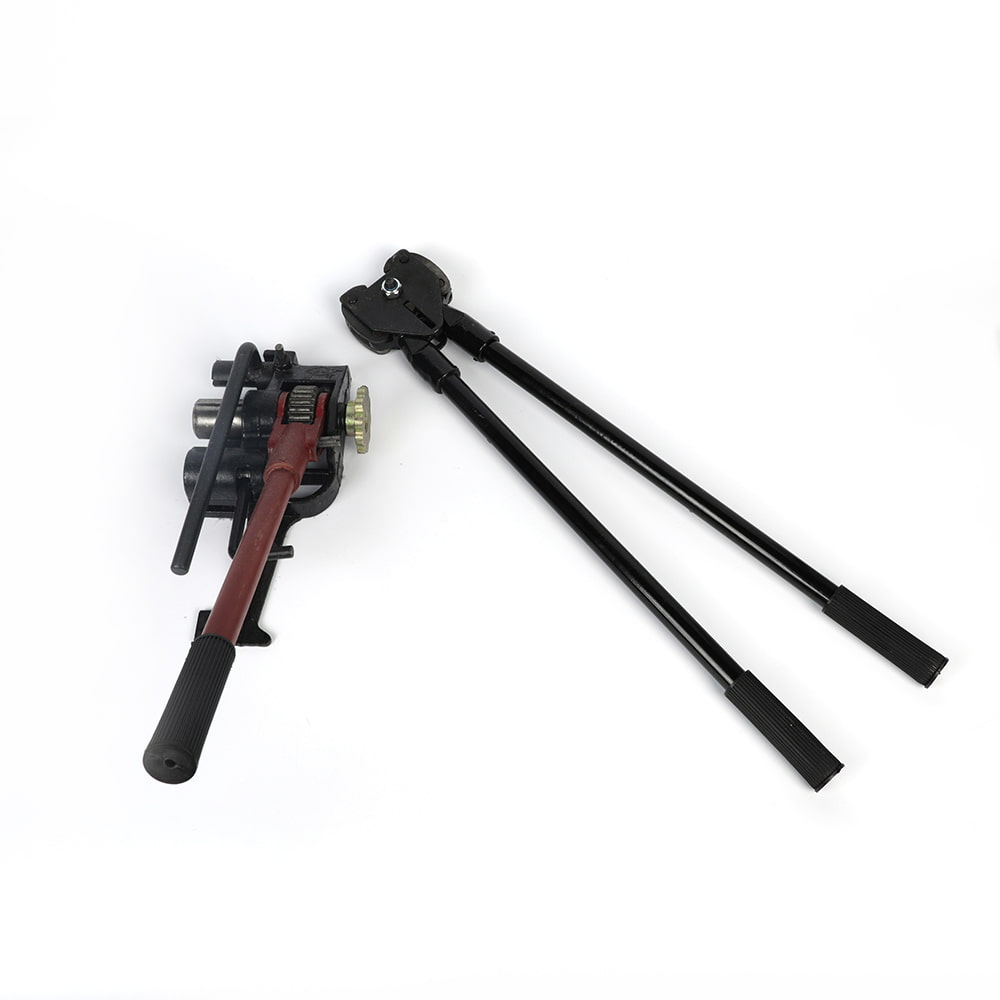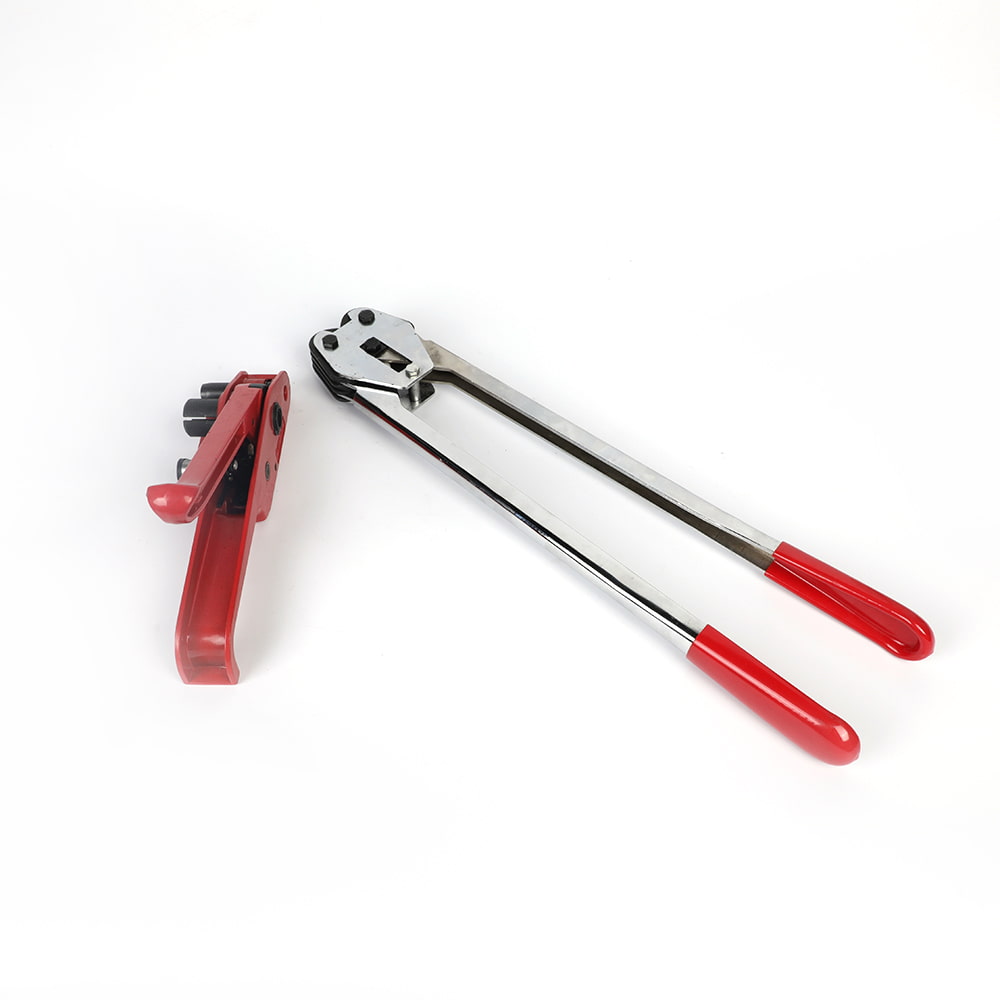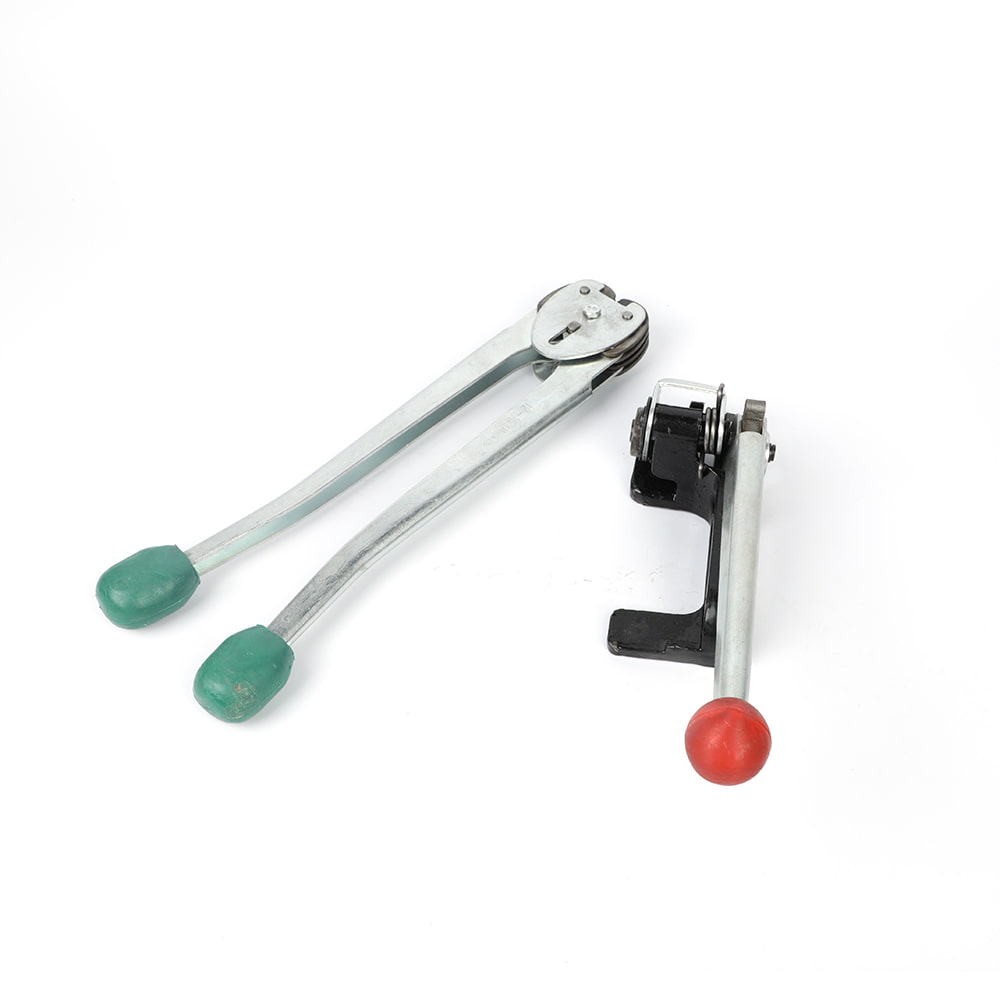How Steel Strapping Machines Improved Efficiency in Manufacturing
Author:admin Date:2023-12-01
Steel strapping machines have significantly improved efficiency in manufacturing processes across various industries. Here are several ways in which these machines have contributed to increased efficiency:
Speed and Throughput:
Steel strapping machines operate at higher speeds compared to manual strapping methods. This increased strapping speed contributes to higher throughput and overall production efficiency.
Automation:
The automation features of steel strapping machines, such as auto-feed, tensioning, sealing, and cutting, reduce the need for manual labor. This automation minimizes human intervention, leading to more streamlined and efficient strapping processes.
Consistent Tensioning:
Automatic strapping machines are designed to apply consistent tension to the straps, ensuring uniform and secure strapping. This consistency is challenging to achieve manually, especially in high-volume manufacturing settings.
Reduced Operator Fatigue:
Manual strapping can be physically demanding and lead to operator fatigue over time. Steel strapping machines relieve operators from the repetitive and strenuous task of manually tensioning and sealing straps, improving overall worker well-being.
Precision and Accuracy:
Steel strapping machines are engineered for precision in applying the right tension and sealing straps accurately. This precision is crucial for ensuring the integrity of strapped loads and reducing the risk of damage during transit.
Customization and Programmability:
Many steel strapping machines offer programmable settings that allow users to customize strapping parameters such as tension, sealing time, and strap placement. This customization ensures that the machine can be optimized for specific packaging requirements.
Integration with Conveyor Systems:
Steel strapping machines can be seamlessly integrated with conveyor systems in manufacturing lines. This integration facilitates continuous and automated strapping processes, eliminating delays and optimizing the overall production flow.
Reduced Material Waste:
Automatic strapping machines apply the right amount of tension required for secure strapping. This precision reduces the likelihood of over-tensioning, minimizing material waste associated with damaged straps or excess strapping material.
Increased Safety:
Steel strapping machines are equipped with safety features, such as emergency stop buttons and safety interlocks, reducing the risk of accidents. Enhanced safety contributes to a more secure and efficient working environment.
Versatility and Adaptability:
Steel strapping machines are versatile and can be adapted to various packaging needs. They can handle different strap sizes, types, and configurations, providing flexibility in accommodating diverse product packaging requirements.
Cost Savings:
While the initial investment in steel strapping machines may be higher than manual methods, the long-term cost savings are significant. Reduced labor costs, increased throughput, and minimized material waste contribute to overall cost-effectiveness.
Traceability and Record-Keeping:
Some steel strapping machines come equipped with features that enable traceability and record-keeping. This is valuable for quality control and compliance purposes, providing documentation of strapping processes for audits or analysis.
In summary, steel strapping machines have revolutionized strapping processes in manufacturing by introducing automation, precision, and efficiency. These machines not only improve the speed and accuracy of strapping but also contribute to a safer and more ergonomic working environment. The benefits extend to increased throughput, reduced labor costs, and overall improvements in the quality of strapped products.
Speed and Throughput:
Steel strapping machines operate at higher speeds compared to manual strapping methods. This increased strapping speed contributes to higher throughput and overall production efficiency.
Automation:
The automation features of steel strapping machines, such as auto-feed, tensioning, sealing, and cutting, reduce the need for manual labor. This automation minimizes human intervention, leading to more streamlined and efficient strapping processes.
Consistent Tensioning:
Automatic strapping machines are designed to apply consistent tension to the straps, ensuring uniform and secure strapping. This consistency is challenging to achieve manually, especially in high-volume manufacturing settings.
Reduced Operator Fatigue:
Manual strapping can be physically demanding and lead to operator fatigue over time. Steel strapping machines relieve operators from the repetitive and strenuous task of manually tensioning and sealing straps, improving overall worker well-being.
Precision and Accuracy:
Steel strapping machines are engineered for precision in applying the right tension and sealing straps accurately. This precision is crucial for ensuring the integrity of strapped loads and reducing the risk of damage during transit.
Customization and Programmability:
Many steel strapping machines offer programmable settings that allow users to customize strapping parameters such as tension, sealing time, and strap placement. This customization ensures that the machine can be optimized for specific packaging requirements.
Integration with Conveyor Systems:
Steel strapping machines can be seamlessly integrated with conveyor systems in manufacturing lines. This integration facilitates continuous and automated strapping processes, eliminating delays and optimizing the overall production flow.
Reduced Material Waste:
Automatic strapping machines apply the right amount of tension required for secure strapping. This precision reduces the likelihood of over-tensioning, minimizing material waste associated with damaged straps or excess strapping material.
Increased Safety:
Steel strapping machines are equipped with safety features, such as emergency stop buttons and safety interlocks, reducing the risk of accidents. Enhanced safety contributes to a more secure and efficient working environment.
Versatility and Adaptability:
Steel strapping machines are versatile and can be adapted to various packaging needs. They can handle different strap sizes, types, and configurations, providing flexibility in accommodating diverse product packaging requirements.
Cost Savings:
While the initial investment in steel strapping machines may be higher than manual methods, the long-term cost savings are significant. Reduced labor costs, increased throughput, and minimized material waste contribute to overall cost-effectiveness.
Traceability and Record-Keeping:
Some steel strapping machines come equipped with features that enable traceability and record-keeping. This is valuable for quality control and compliance purposes, providing documentation of strapping processes for audits or analysis.
In summary, steel strapping machines have revolutionized strapping processes in manufacturing by introducing automation, precision, and efficiency. These machines not only improve the speed and accuracy of strapping but also contribute to a safer and more ergonomic working environment. The benefits extend to increased throughput, reduced labor costs, and overall improvements in the quality of strapped products.

 EN
EN 
 English
English 中文简体
中文简体

